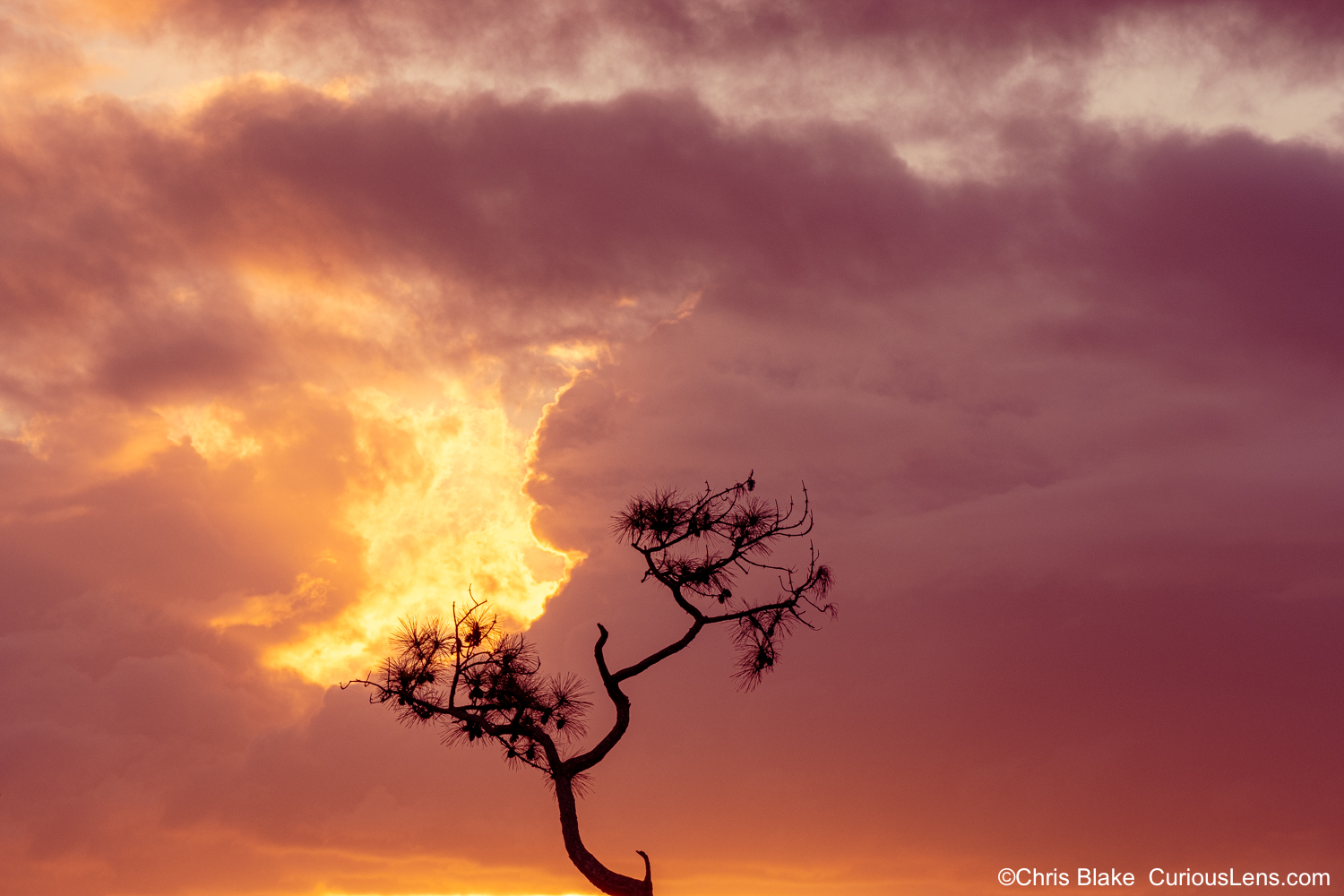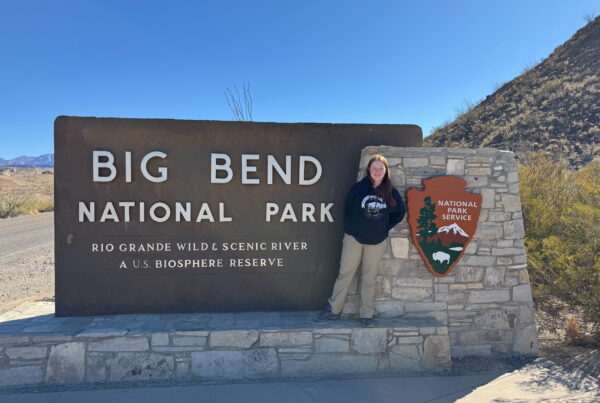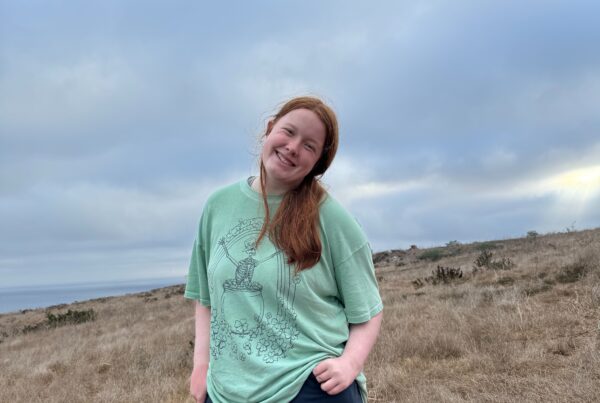In late November, just after Cameron turned 12, we embarked on our 24th National Park adventure. It’s astonishing to think that our journey began just two years ago. This time, escaping the chilly 18-degree weather of Boston, we chose the balmy climes of southern Florida. The Everglades, with its unique landscape and rich history, was an obvious choice for our late November excursion. We had four delightful days to explore this exceptional ecosystem.

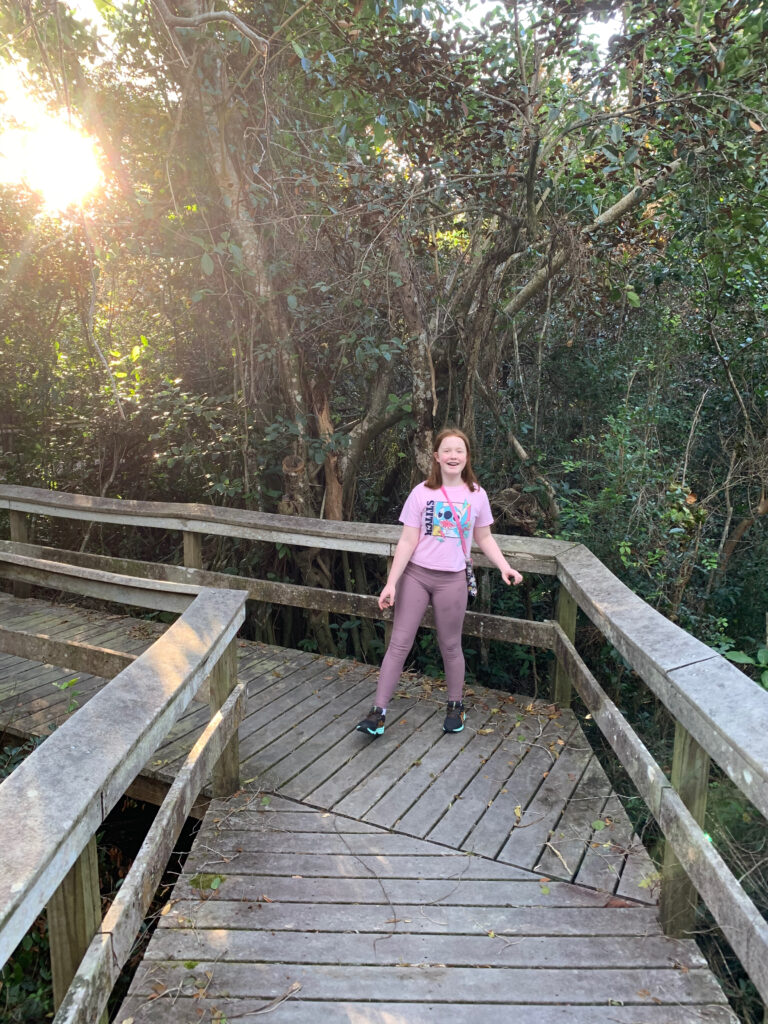
Everglades National Park is vast, covering 1.5 million acres, making it the third largest in the contiguous United States, following Death Valley and Yellowstone. Originally, the Everglades extended even further, but human activities such as farming and urban development have significantly diminished its size. Today, the park preserves about 20% of the original Everglades, yet it remains a sprawling wilderness.
Established in 1934 to safeguard its rapidly disappearing habitats, the park has gained global recognition. It was designated a UNESCO Biosphere Reserve in 1976, declared a World Heritage Site in 1979, and recognized as a Wetland of International Importance under the Ramsar Convention in 1987. Notably, the Everglades is one of only three places on Earth to hold all three designations and is unique in protecting the terminus of a river, unlike other parks that typically protect the source areas.
Unlike many Western parks, the Everglades doesn’t feature towering mountains or vast deserts. Instead, it is a colossal wetland ecosystem, often described as a grassy, slow-moving river. It encompasses coastal mangroves, saw-grass marshes, and pine flatwoods, providing a habitat for an impressive array of wildlife. It’s the only place in the world where alligators and crocodiles coexist naturally. The park is home to 23 endangered species, including the elusive Florida panther—one of the most endangered mammals globally—and hosts a myriad of other species like manatees, sea turtles, over 350 bird species, and countless butterflies and invertebrates.
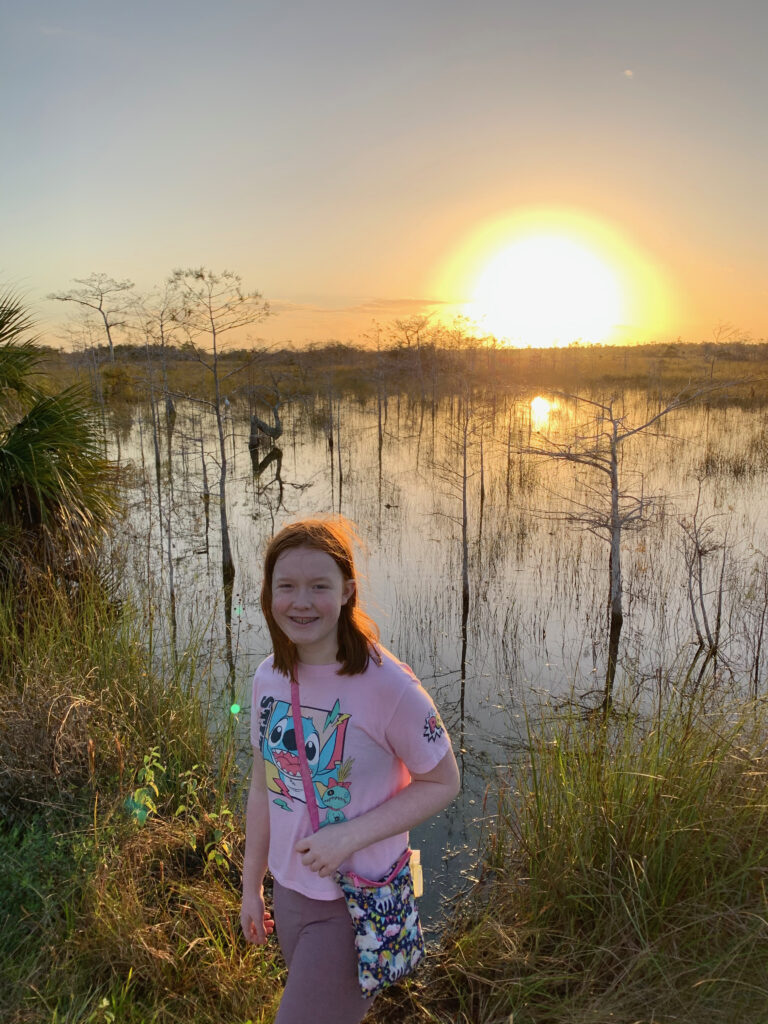
We based ourselves in Homestead, Florida, which offers convenient access to the park—just a 20-minute drive to the Royal Palm Visitor Center and southward to the Flamingo Visitor Center. This 40-mile stretch alone offers myriad exploratory opportunities, though it represents just a fraction of the park’s vast expanse.
Our exploration began at the southern tip of the park, where we witnessed a breathtaking sunrise and discovered one of the famed “Z trees,” bent into shape by native tribes as trail markers. Despite the loss of many to time and weather, a keen eye can still spot these arboreal artifacts.
That afternoon, we ventured along several trails, including the wildlife-rich Anhinga Trail and the distinct Mahogany Hammock Trail, though, unfortunately, we missed spotting the resident owls. Recent tropical storms had left parts of the park submerged, reminding us that the Everglades are ever-changing and a single visit is hardly enough to experience its full splendor.
A highlight was our early morning visit to Clyde Butcher’s photo gallery within the Big Cypress National Preserve. Known as the “Ansel Adams of the Everglades,” Butcher’s photography captures the stark beauty of this landscape. Following the gallery, we delved deep into the swamp on a private photo tour, wading through waters nearly four feet deep—an unforgettable way to experience the natural world.
Our adventures continued with more exploration and an impressive sunset framed by the native flora of Mahogany Hammock Road. The following day began with a serene sunrise at Long Pine Key.
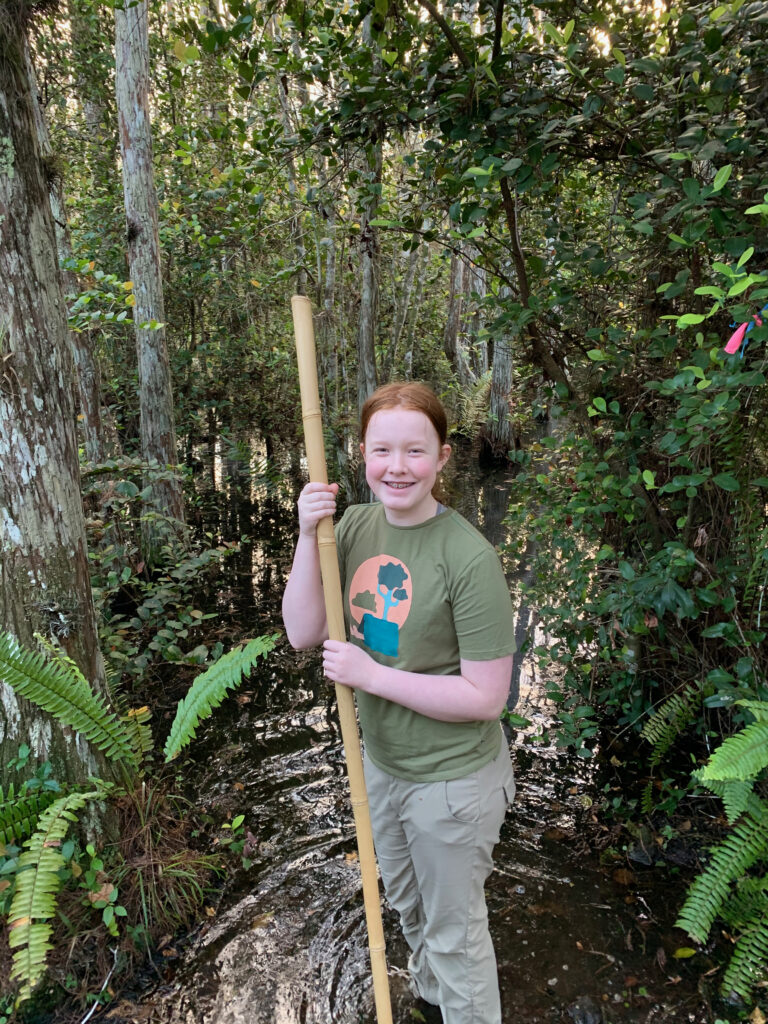

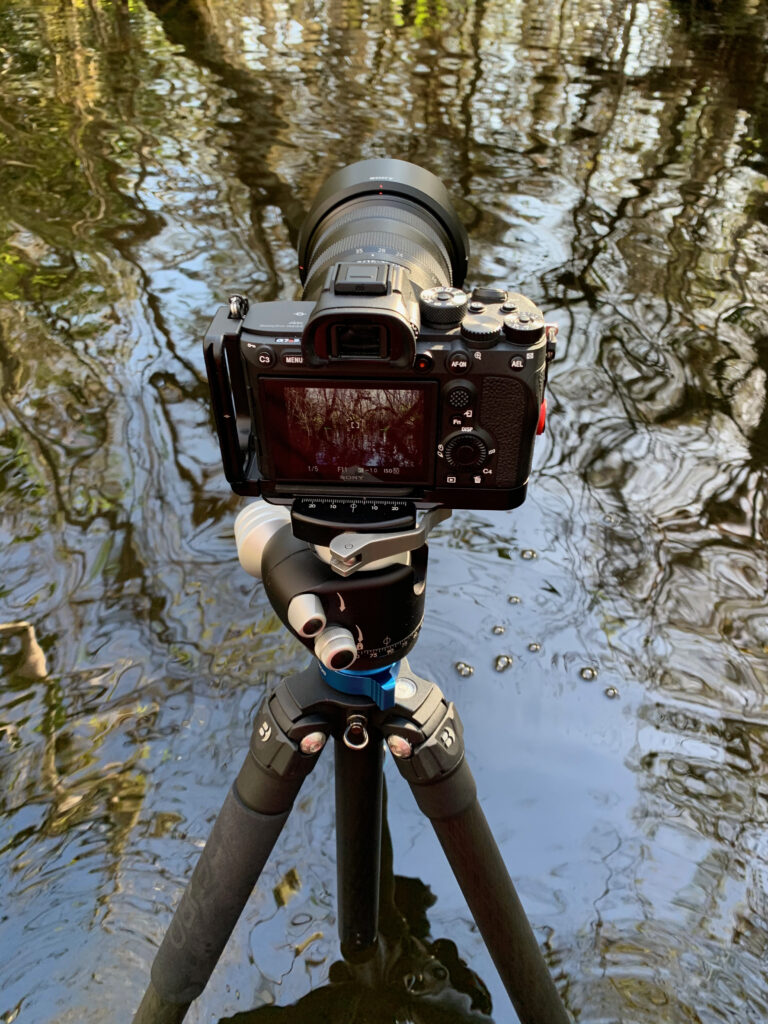

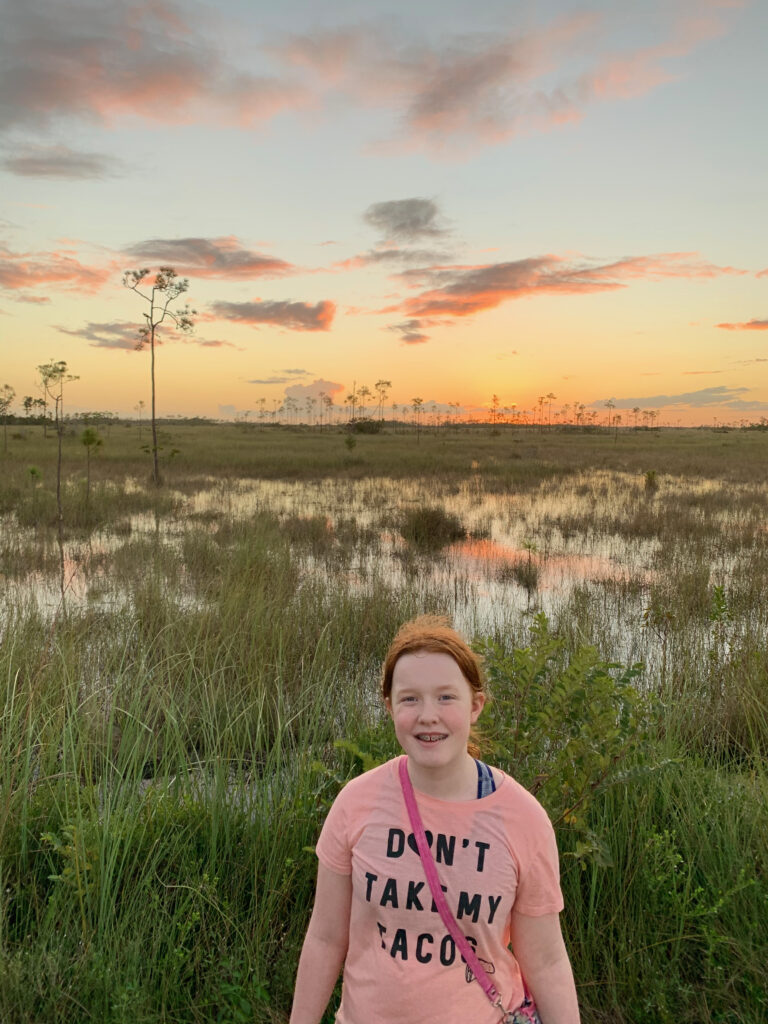

We concluded our trip in Chokoloskee, FL, a quaint island community with just 359 residents, not part of the National Park but equally rich in natural beauty. Here, we embarked on a private photo safari through the Ten Thousand Islands, capturing stunning images of wildlife and sunset skies that seemed to set the clouds aflame.
As with all our park visits, we left with plans to return, knowing that each trip unveils new wonders in the vast, vibrant tapestry of the Everglades.
